Use of Media and Social Networks for the Prevention and Awareness of Self-Injury in Minors
By Martínez-Rodríguez L.; Vizcaíno-Laorga R.; and Martínez-Pastor E.
Although most media outlets adopt a preventive approach to self-injury, 19% still address it sensationally. There is a need for closer collaboration between journalists and health professionals. Specific training for journalists and giving more voice to health experts should be implemented. Despite the majority of media adopting a preventive approach, 19% still cover self-injury in a sensational manner. A close collaboration between journalists and health professionals is necessary, with specific training for the former and more representation for the latter.
Non-suicidal self-injury (NSSI) has alarmingly increased among minors and young people, especially since the coronavirus pandemic (56 times more cases than 13 years ago, according to data from the ANAR Foundation, 2021). Media are agents that can influence society’s perception of self-injury. In the current media landscape, the rise of digital social networks represents a communicative and relational phenomenon where it is not uncommon to find user profiles discussing self-injury and interacting with each other. Some studies have focused on analyzing these profiles, concluding that young people create hashtags that bypass social network controls and generate messages and images that reinforce self-injurious behaviors and romanticize emotional pain.
Other studies have focused on how the media report on such self-injurious and/or suicidal behaviors, shifting from a trend of silencing these events to addressing them from very different perspectives, with varying degrees of sensationalism, and have begun to develop guidelines. However, few studies have analyzed health professionals’ perceptions of the media’s coverage of these behaviors.
This is the focus of the work by Martínez-Rodríguez, Vizcaíno-Laorga, and Martínez-Pastor (2024). This research aims to determine whether there is coherence between the media coverage of non-suicidal self-injury in minors and young people and the ideas held by health professionals and other stakeholders.
To do this, the Delphi method is used in two rounds, in which experts from four different specialties (psychologists, psychiatrists, pediatricians, and social workers) are asked about the concept, profile, and reasons for self-injury in minors, as well as their opinion on the media coverage of these behaviors.
Their statements are then compared with the results of a previous analysis of news published in the Spanish press over a decade, where the frequency of news, the profile of those who self-injure, the sources mentioned, the focus, and the media through which self-injury is disseminated were analyzed (Martínez-Pastor et al., 2023. In more than half of the reports, expert sources were cited, or data from reference sources such as professional associations were provided. The focus of the news was predominantly preventive and awareness-raising (81%), but 19% addressed it sensationally. Social networks were the most cited medium in the news as the channel through which minors learn about ways to self-injure.
The main comparative conclusions between the view of experts involved in self-injury and the image conveyed in the media highlight the need for closer collaboration between journalists and health professionals. Furthermore, it points out the need to inform from a preventive perspective and provide help with a hopeful message, avoiding sensationalism.
Regarding the concept of self-injury and even though experts consider this concept equivalent in adults and minors, they do note differences in terms of awareness and intentionality, and the cultural context of both also plays a role.
Health professionals conclude that there is no specific profile of a person who self-injures, although the Delphi study does reveal a differentiating nuance between the "social perspective" of self-injury—such as viral challenges to harm oneself—which affects both boys and girls, and the "clinical perspective"—self-injury as emotional regulation—with higher prevalence in young girls.
Experts also refer to elements they consider relevant for the prevention or detection of potential self-injurious behaviors in minors: communication and listening, observing physical marks, behavioral changes (irritability or isolation), and inconsistencies in social norms (such as wearing long clothes in summer to cover marks).
In this regard, the professionals consulted agree that "communication is a very useful tool for social awareness" and as "prevention agents." However, they generally believe that the media provide superficial and limited coverage of self-injury, with a tendency towards sensationalism, although they believe that this is improving. Regarding social networks, they highlight their negative influence on minors and young people (through imitation and identification) and the social pressure they exert on them, although they agree that networks can be used strategically for prevention.
Among their recommendations, health experts believe that there should be specific training for journalists, and they should contribute to raising awareness and offering help and prevention resources without dwelling on details such as the method of self-injury or focusing on famous or influential figures to be imitated. They also advise giving space to professionals in the field in their reports.
Reference to original paper: Martínez-Rodríguez, L., Vizcaíno-Laorga, R., & Martínez-Pastor, E. (2024). Self-Injury in Minors: The View of Health Professionals Versus Media Coverage in the Spanish Press (2012-2022). Estudios sobre el Mensaje Periodístico, 30(2), 399-410. https://dx.doi.org/10.5209/esmp.94318.

